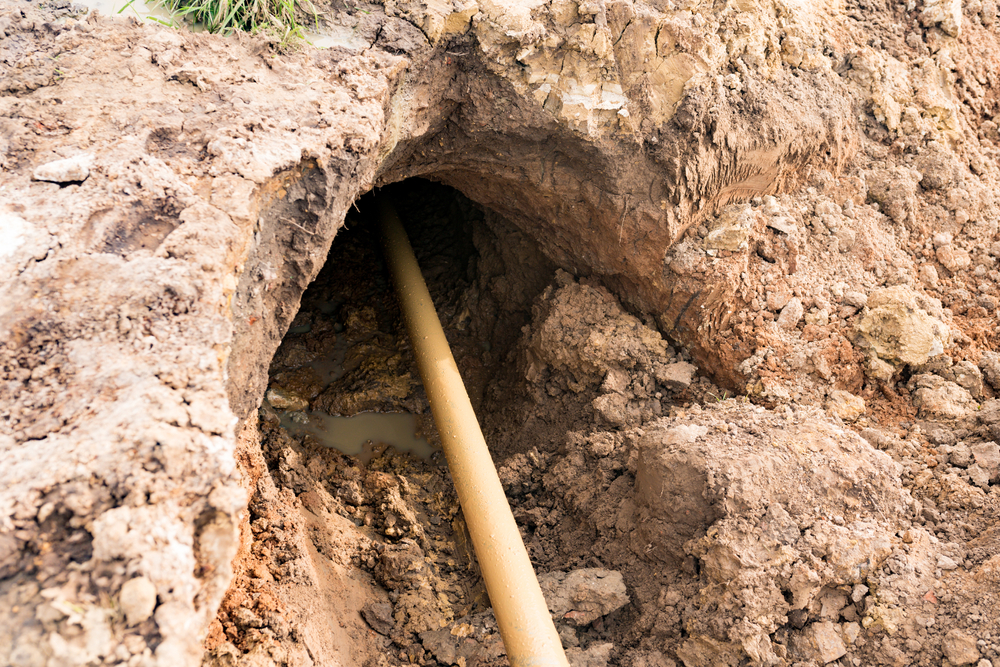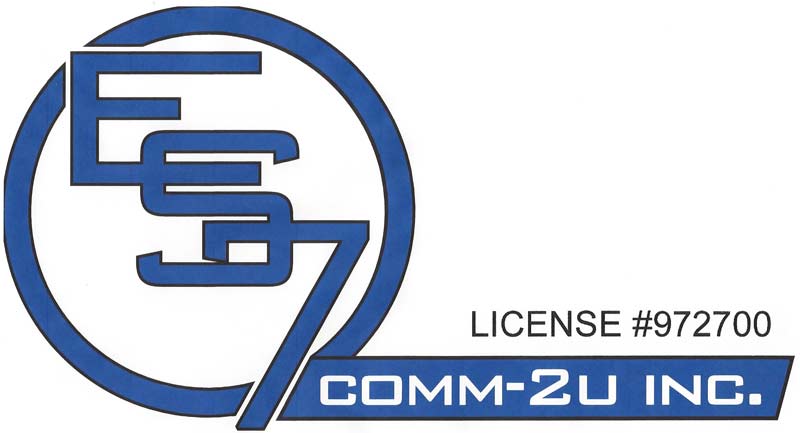
Top 5 Benefits of Directional Drilling
January 30, 2025 3:10 pm Leave your thoughtsDirectional drilling has revolutionized the way we approach underground construction projects. As one of the most advanced utility installation methods, it offers numerous advantages over traditional open-cut trenching techniques. From preserving landscapes to enhancing project efficiency, directional drilling stands out as a preferred solution for contractors and project managers. This blog will delve into the top five benefits of directional drilling, providing insights to help you understand its advantages and decide how to choose your trenching solutions effectively.
Environmental Preservation
One of the most significant benefits of directional drilling is its ability to preserve the environment. Unlike traditional trenching, which often involves extensive excavation and disruption of surface features, directional drilling requires minimal surface disturbance. This advantage makes it an excellent option for projects in environmentally sensitive areas, such as wetlands, forests, or urban landscapes with established vegetation and infrastructure.
By using precise drilling techniques, directional drilling allows contractors to install utilities without uprooting trees, damaging ecosystems, or altering natural waterways. This minimizes the project’s environmental footprint and reduces the need for costly restoration efforts once the installation is complete. Furthermore, it helps maintain community goodwill by showing a commitment to sustainable and responsible utility installation methods.
Increased Project Efficiency
Directional drilling offers unparalleled efficiency compared to traditional excavation methods. With advanced equipment and technology, operators can install pipelines, cables, and other utilities more quickly and accurately. This method reduces the overall project timeline, saving time and money for contractors and stakeholders alike.
Efficiency is further enhanced by the ability to drill multiple pathways from a single entry point. For example, in urban areas where underground space is limited, directional drilling can streamline the installation of several utilities simultaneously. This reduces the need for multiple excavations and minimizes traffic disruptions, making it an ideal solution for projects in high-density areas.
The precision of directional drilling also minimizes the risk of errors or damage to existing underground infrastructure. By using sophisticated tracking systems, operators can navigate around obstacles and avoid costly mistakes. This precision ensures a smooth installation process and enhances the long-term reliability of the installed utilities.
Cost-Effectiveness
While the initial investment in directional drilling equipment may be higher than traditional trenching tools, the long-term cost savings are significant. Directional drilling reduces the need for extensive excavation, soil disposal, and surface restoration—all of which contribute to higher expenses in conventional methods.
Moreover, directional drilling minimizes labor costs by requiring fewer workers to operate the machinery and manage the site. This reduction in manpower is especially beneficial for large-scale projects where labor costs can quickly escalate. Additionally, the method’s efficiency translates to shorter project durations, further reducing overhead expenses such as equipment rental and site supervision.
Another cost-saving advantage is the reduced risk of damaging existing infrastructure. Traditional trenching often encounters unexpected obstacles like buried utilities, which can lead to delays and costly repairs. Directional drilling’s precision significantly lowers the likelihood of such incidents, ensuring the project stays on budget.
Versatility in Challenging Conditions
Directional drilling excels in challenging conditions where traditional trenching would be impractical or impossible. Whether navigating rocky terrain, crossing rivers, or working in congested urban areas, directional drilling provides a reliable solution for installing utilities in difficult environments.
This versatility is particularly valuable for projects that require utility installation beneath roads, railways, or bodies of water. Traditional methods would necessitate extensive disruption and costly rerouting of traffic or waterways. In contrast, directional drilling allows for seamless installation without interrupting daily activities or causing unnecessary inconvenience.
Additionally, directional drilling can adapt to various soil types and geological conditions, making it a versatile choice for projects across different regions. By carefully selecting the appropriate drilling techniques and equipment, contractors can overcome challenges such as hard rock, loose sand, or clay, ensuring the successful completion of the project regardless of the terrain.
Enhanced Safety Standards
Safety is a critical consideration in any construction project, and directional drilling significantly enhances safety standards compared to traditional trenching methods. By minimizing surface disruption and requiring fewer open trenches, the risk of accidents and injuries on-site is greatly reduced. This makes it a safer option for workers and the surrounding community.
Directional drilling also reduces the likelihood of damaging existing underground utilities, which can pose significant safety hazards. Striking a gas line or electrical cable during traditional trenching can lead to dangerous situations, including fires, explosions, or power outages. The precision of directional drilling minimizes these risks, ensuring a safer working environment.
Furthermore, the method’s advanced technology allows operators to monitor and control the drilling process with greater accuracy. Real-time tracking and feedback systems help identify potential issues before they escalate, enabling swift corrective actions. This proactive approach to safety ensures the successful completion of the project without compromising the well-being of workers or the community.
Conclusion
Directional drilling has emerged as a game-changing technique in utility installation methods, offering a host of benefits that make it a preferred choice for modern construction projects. Its ability to preserve the environment, enhance efficiency, reduce costs, adapt to challenging conditions, and uphold high safety standards sets it apart from traditional trenching methods. By understanding these advantages, you can make informed decisions about how to choose your trenching solutions and ensure the success of your project.
Need Directional Drilling in Roseville, CA?
Locally owned and operated since 2000, we strive to provide fast, friendly, and efficient service to the residents of Roseville and its surrounding areas. Using an open trench method for installation, we work with communication and utility companies to get electric, water, and gas services up and running in your home or business as quickly and carefully as possible. Es7 Comm-2 U, Inc is proud to carry an ‘A+’ rating with the Better Business Bureau as a fully licensed general contractor. Call us today to ensure that your next installation project is handled with the care and professionalism that it deserves.
Categorised in: Directional Drilling
This post was written by admin
